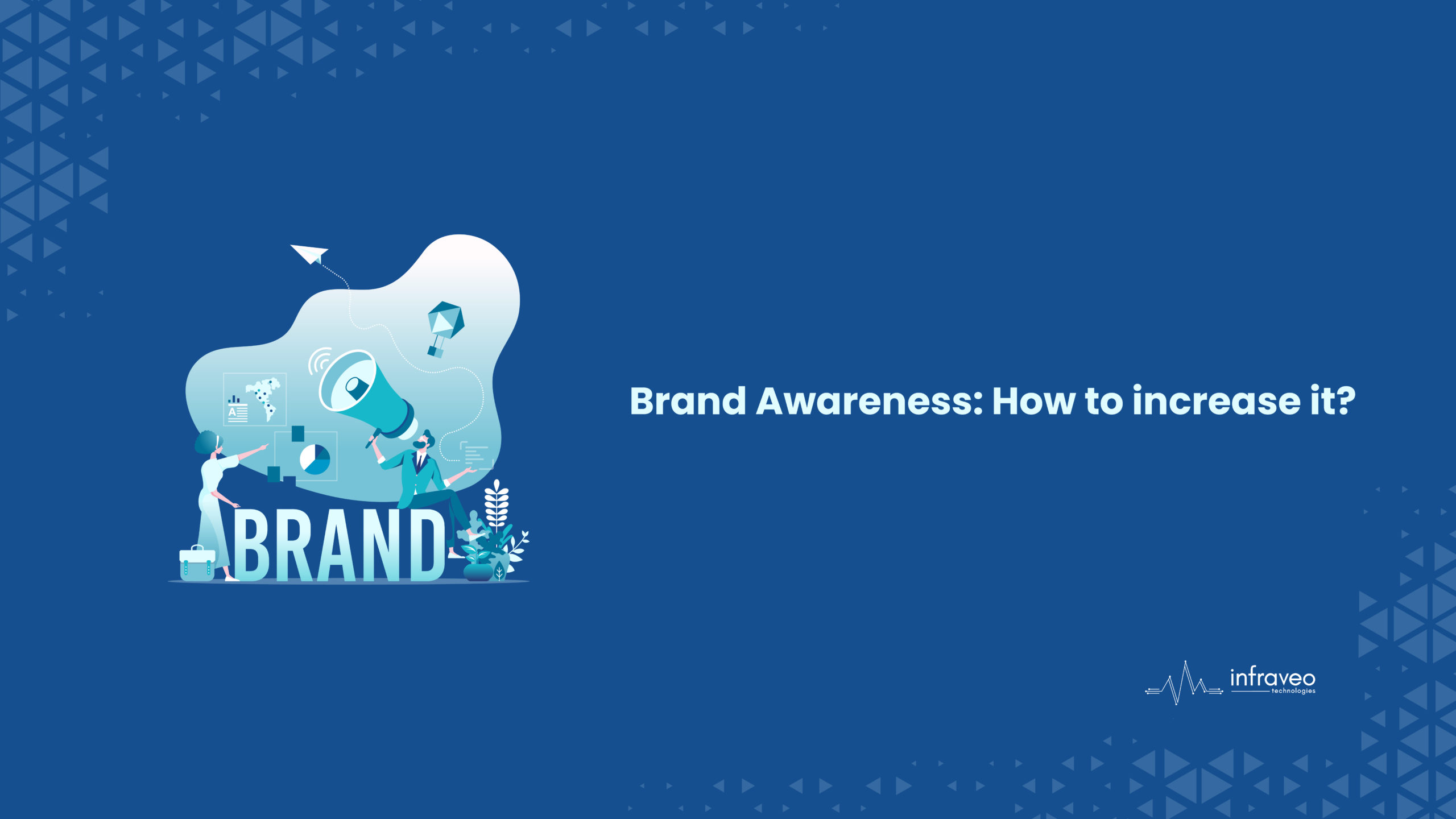Introduction
Awareness is a key measure of the level of brand recognition by consumers. An awareness model refers to the degree to which consumers can recall or recognize a brand under various circumstances. Brand knowledge associative network memory model has two aspects, of which brand awareness is one. In consumer behavior, advertising strategy, and brand management, brand awareness is an important factor. The term “awareness” is derived from the fact that consumers are tipped off to the existence of a brand or product through visual or audio cues rather than word-of-mouth communication.
It is important to have a well-established brand so that people can relate to you, know what you do and trust your products or services. It also makes it easier for you to get repeat customers because they already trust your brand. Spending time on developing your brand will help you establish a unique personality in the eyes of your clients and customers.
What is Brand Awareness?
Brand awareness measures how effectively your target audience can recognize and understand your brand. Brands with a strong sense of identity are frequently described as “trending,” “popular with the general public,” or just “successful.” When marketing and promoting your business and products, especially in the beginning stages of a business, building brand recognition is important.
The Key Benefits of Brand Awareness
Levels of Customer Loyalty:
If a client sees your brand out in the marketplace, and recognizes it, that familiarity creates a sense of security that your client has chosen a well-established company. In addition, this familiarity makes it easier for your client to communicate with you and share information about their needs.
Clear Visibility and Recognition:
Brand recognition is the capacity of customers to recognize or link a product or brand to its name, design, or tagline. When people do not know about your brand, they will interpret it differently. Brand recognition extends beyond brand awareness, which is wonderful since it indicates that customers are engaging with your company.
Build Brand Credibility:
Building brand credibility via visibility and awareness is a natural starting point to improving your competitiveness in the market. But it is not enough to simply be visible and known. If you want to stand out from the crowd and build your brand’s credibility, you need to do more than just promote yourself.
Build Equity:
Brand equity is a measure of how much you are worth to your customers. It is the value that your brand offers, beyond your physical assets like buildings and equipment. You must increase your brand recognition to build solid brand equity. Your entire brand’s worth and potential for profits will increase as you become more well-known and as your reputation grows.
Brand Awareness Strategy
Create a Mascot for the Company:
If you are a small business or are just starting out, you might not have the budget to hire a spokesperson. But if you do, think about employing an actor or spokesperson to represent the business. Making an animated mascot for your company might be a simple but effective way to give it a face.
Try an Image or Symbol that Best Describes You:
The key to a successful business is the ability to communicate. You need to be able to convey your message in a way that customers will understand. This is done by using visual elements and symbols that are easily understood by your target audience.
Make a Short, Eye-Catching Tagline:
One of the most effective and easy ways to raise brand awareness is by developing a catchy motto or tagline. A good tagline should be brief, memorable, and communicate the key benefits of your product or service. A good tagline can have a profound impact on your business. It is important for you to invest time in creating a catchy tagline that speaks directly to your customers, employees, and prospects.
Advertise On the Right Channels:
The most important thing to remember about advertising is that it is not just about words on a page. It is also about the channels where your audience spends the most time online. There are unique audiences for each form of advertising — and they have markedly different interests and behaviors. That means you must choose which channels are right for your brand, product, or service.
Online & Offline marketing Campaigns:
Offline marketing is the process of engaging with your customers through a variety of physical and online channels. These can include direct mail, print materials, billboards, posters, brochures, branded handouts, and other strategies. Offline marketing campaigns are an essential part of your online marketing strategy because they have the power to help you build brand recognition and increase awareness among potential customers.
Blogging:
A large audience may be reached via blogging. Choosing a site with a large audience that will post your article if you have something significant to say or good information to contribute may help you expose your business to a whole new audience.
Stay Active on social media platform:
Another excellent marketing platform for your brand awareness plan is social media. You may use social media to not only reach out to your current customers and spread brand awareness, but also to attract new ones. On social media, there are several ways you can use to increase brand awareness and attract new customers. One of these ways is through paid advertising. This means that you will be paying for advertising space on social media platforms like Facebook or Instagram.
Conclusion
Effective branding helps to generate value in the brand and increase customer recognition. It makes the business more credible, trustworthy and it increases confidence among customers. Branding is an essential part of a company’s marketing strategy. It is important to develop a brand identity and make it memorable. Even if you do everything right, the process of branding is never finished. You should continue to develop your brand’s voice and make any necessary changes over time by consistently performing the necessary steps. By following these steps, you will set yourself up for success in both understanding your brand and developing a unique, memorable, and authentic identity.




